स्वागतम् / Welcome to the Nepal Portal
|
List of Good articles |
|---|
Selected picture -
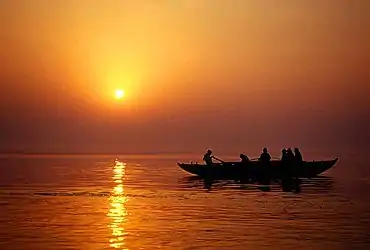
The Ganges, is a trans-boundary river of Asia which flows through India and Bangladesh. The 2,525 km (1,569 mi) river rises in the western Himalayas in the Indian state of Uttarakhand, and flows south and east through the Gangetic Plain of North India into Bangladesh, where it empties into the Bay of Bengal. It is the third largest river by discharge.
Categories
Selected biography -
Khadga Prasad Sharma Oli (Nepali: खड्ग प्रसाद शर्मा ओली, pronounced [ˈkʰʌɽɡʌprʌsad̪ ˈoli]; born 22 February 1952) is a Nepali Communist politician, former Prime Minister of Nepal and the current leader of the Opposition. He has served three terms as prime minister, from 11 October 2015 to 3 August 2016, from 15 February 2018 to 13 May 2021 as the first prime minister to be appointed following the first general election under the new constitution, and from 13 May 2021 to 13 July 2021.
KP Oli is noted for taking a more hardline stance with regard to the Indian government during and in the aftermath of the 2015 Nepal blockade. He strengthened relations with China as an alternative to Nepal's traditional close trade ties with India and updated the map of Nepal by constitutional amendment including territories disputed with India, for which he has received some domestic praise and a reputation as a nationalist. While in office, Oli was marred by controversy for frequent use of tongue-in-cheek remarks, hostility towards critics and the media, silence on corruption by colleagues and business aides, failing to deliver on economic growth, and for deviating from promised budgetary expenditures despite a historic majority in the 2017 legislative election (Full article...)Selected fare or cuisine -
Gundruk (Nepali: गुन्द्रुक pronounced [ɡund̪ruk] ⓘ) is a fermented leafy green vegetable originated in Nepal. Alongside Nepal, it is also popular cuisine in Sikkim and few regions of India, Bhutan, Myanmar and other parts of the world. The annual production of gundruk in Nepal is estimated at 2,000 tons and most of the production is carried out at the household level.
Gundruk is obtained from the fermentation of leafy vegetables (saag; Nepali: साग). It is served as a side dish with the main meal and is also used as an appetizer. Gundruk is an important source of minerals, particularly during the off-season when the diet consists of mostly starchy tubers and maize, which tend to be low in minerals. (Full article...)List of fare/cuisine articles |
|---|
Did you know -
- Nepal has 8% of the total species of birds found in the world.
- The highest lake on Earth, Tilicho, is in Nepal. It rests at 4800 meters.
- Gautam Buddha was born in Nepal.
Wiki Loves Nepal
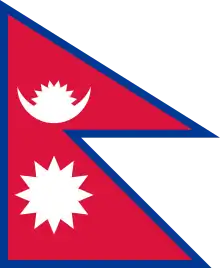 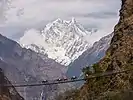 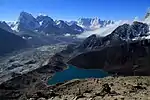 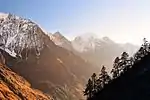 |
Wiki Loves Earth is an international photographic competition to promote natural heritage sites around the World through Wikimedia projects (mainly Wikipedia and Wikimedia Commons).
- 2018 • 2017 • 2016 • 2015 • 2014 • More information • Main category page

Wiki Loves Monuments is an international photographic competition to promote cultural monuments around the World through Wikimedia projects (mainly Wikipedia and Wikimedia Commons.
- 2017 • 2016 • 2015 • 2014 • 2013 • More information • Main category page
Provinces
General images -
The following are images from various Nepal-related articles on Wikipedia.
Topics
Related portals
Indian Subcontinent
Other countries
Recognized content
Associated Wikimedia
The following Wikimedia Foundation sister projects provide more on this subject:
-
 Commons
Commons
Free media repository -
 Wikibooks
Wikibooks
Free textbooks and manuals -
 Wikidata
Wikidata
Free knowledge base -
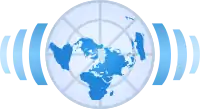 Wikinews
Wikinews
Free-content news -
 Wikiquote
Wikiquote
Collection of quotations -
 Wikisource
Wikisource
Free-content library -
 Wikiversity
Wikiversity
Free learning tools -
 Wikivoyage
Wikivoyage
Free travel guide -
 Wiktionary
Wiktionary
Dictionary and thesaurus
-
 List of all portalsList of all portals
List of all portalsList of all portals -
 The arts portal
The arts portal -
 Biography portal
Biography portal -
 Current events portal
Current events portal -
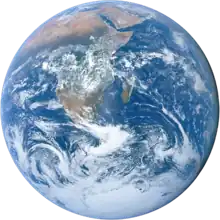 Geography portal
Geography portal -
 History portal
History portal -
 Mathematics portal
Mathematics portal -
 Science portal
Science portal -
 Society portal
Society portal -
 Technology portal
Technology portal -
 Random portalRandom portal
Random portalRandom portal -
 WikiProject PortalsWikiProject Portals
WikiProject PortalsWikiProject Portals


.svg.png.webp)
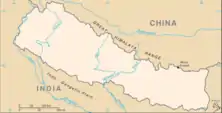
_Flanked_by_Shiva_(left)_and_Ganesha_(right).jpg.webp)
.jpg.webp)
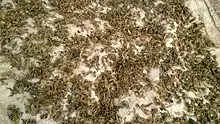
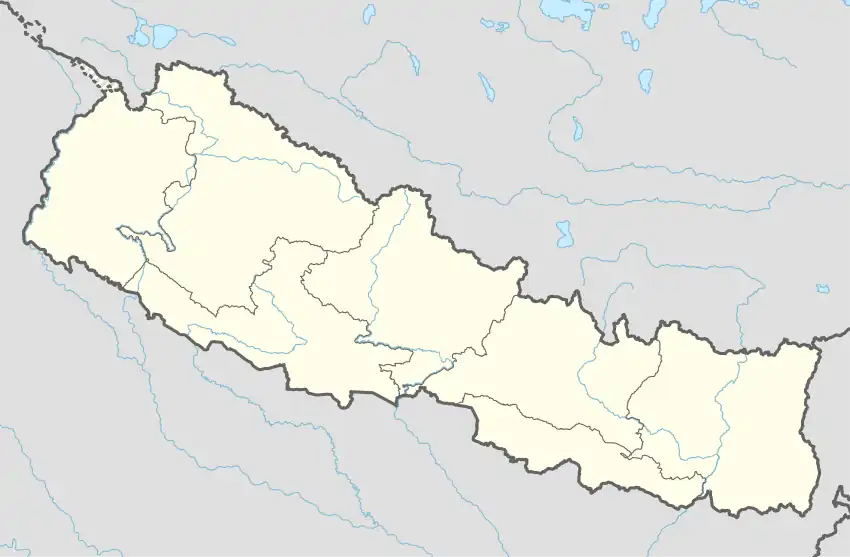
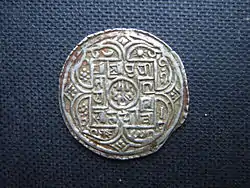
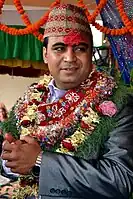

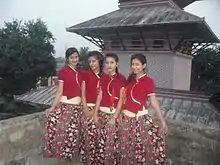
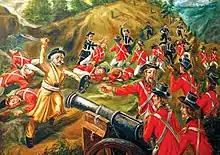
.jpg.webp)
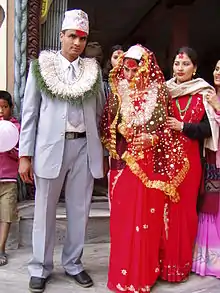
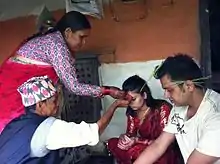
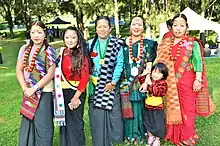
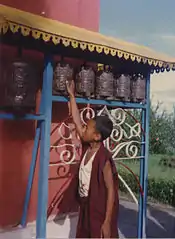
.jpg.webp)
.jpg.webp)

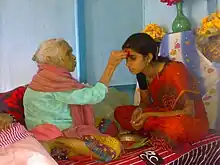

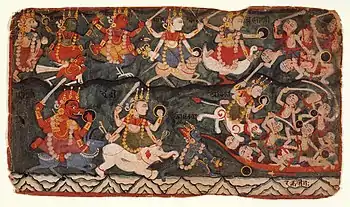

_(restoration).jpg.webp)
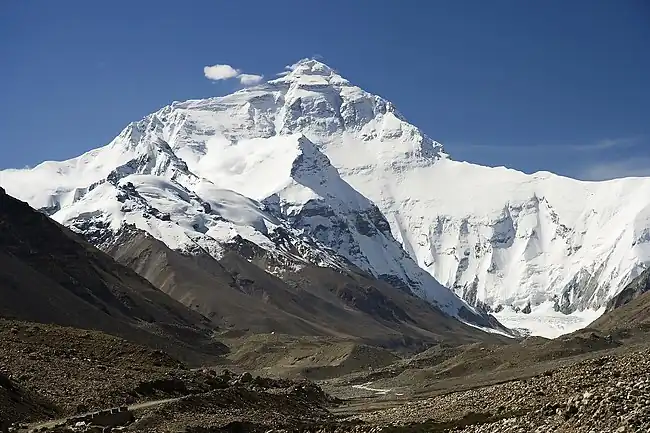
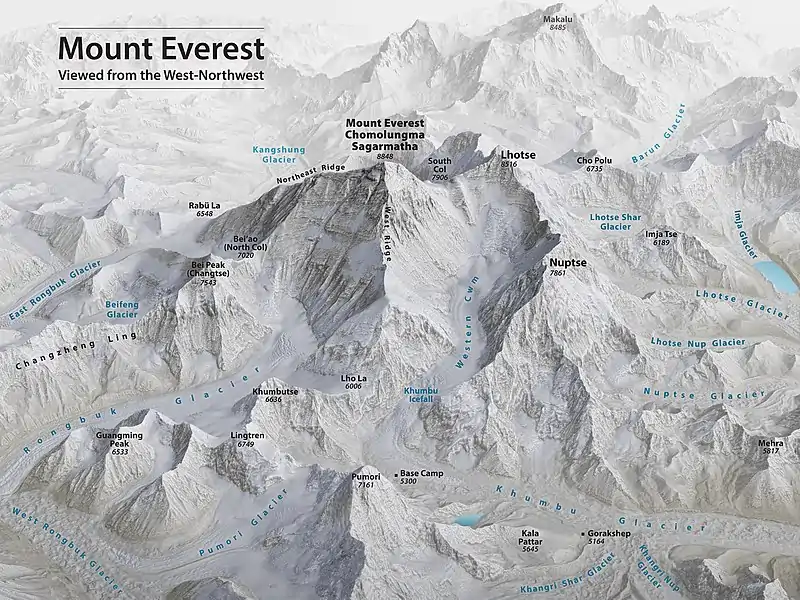
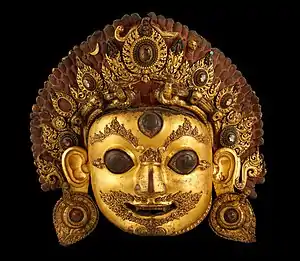
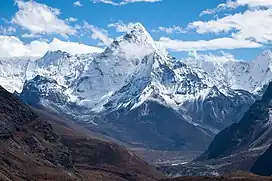
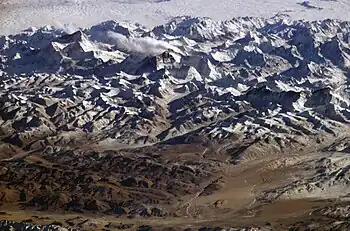
_4.jpg.webp)
_(restoration).jpg.webp)

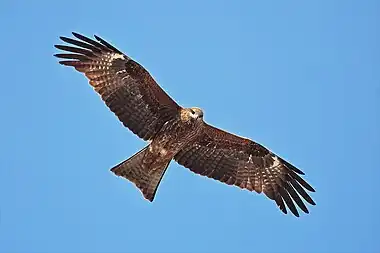

%252C_male%252C_Gokarna.jpg.webp)
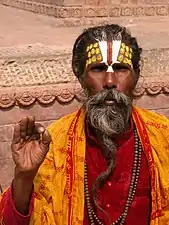
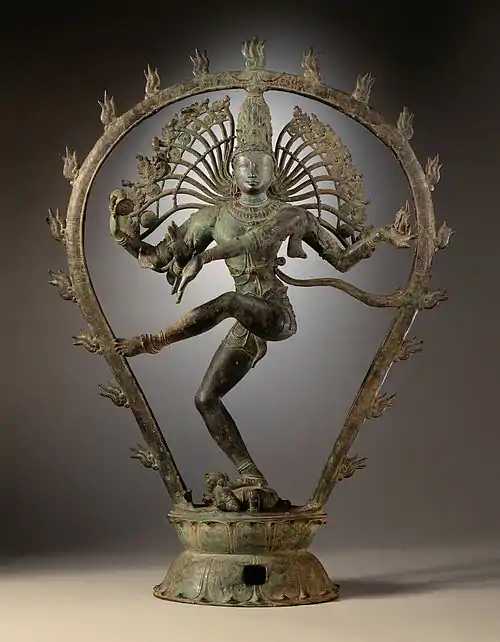
.jpg.webp)
.jpg.webp)